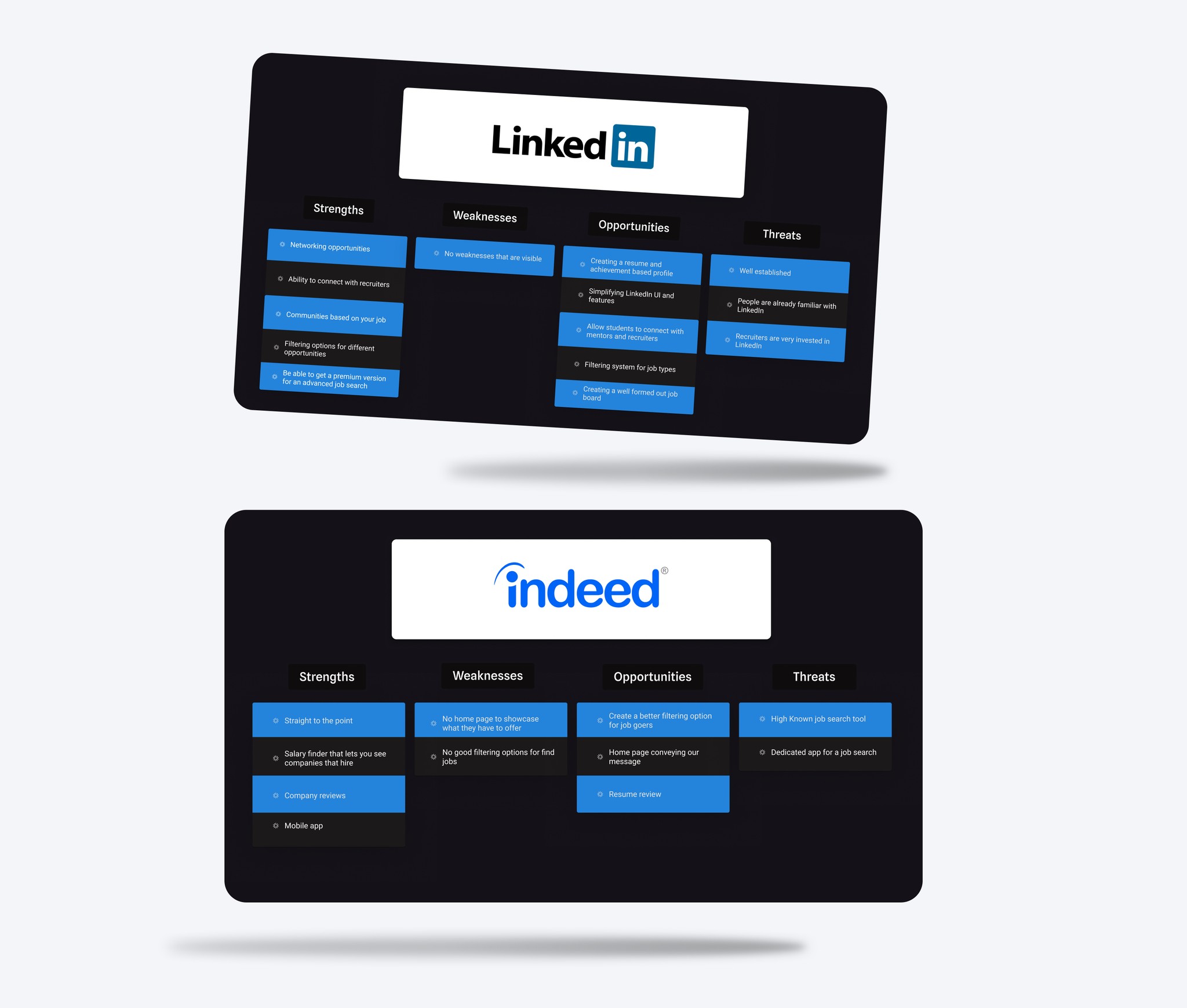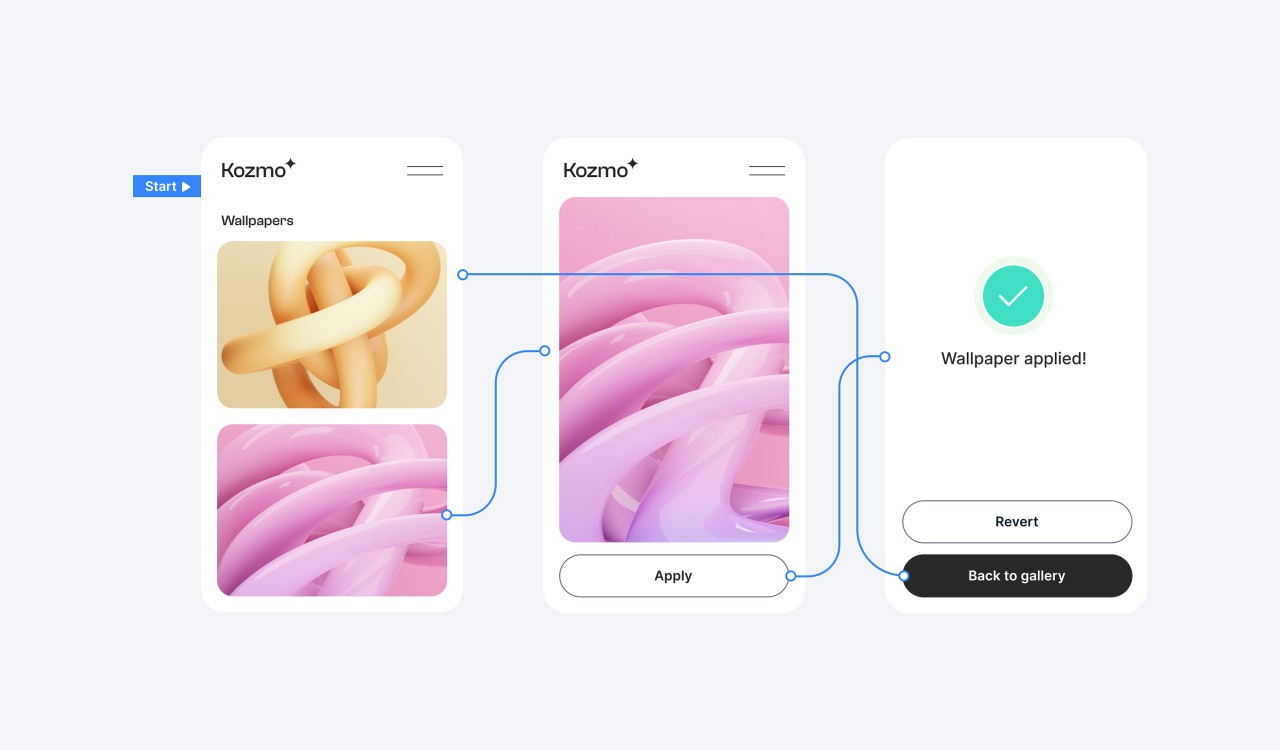GradLink
As a product designer, I created an app that transforms the college experience by connecting students with recruiters, discovering entry-level jobs, and mapping career paths based on majors.
UI.UX
Christian Spaulding
Role:
Product and Branding
Duration:
2 weeks

Simplifying the Path to
Success.
College can be daunting, especially with uncertain post-graduation prospects. Fear of unemployment and changing majors adds stress. With only 7% of students receiving scholarships and $30,000 in average debt, a strategic education plan is crucial.
GradLink addresses this by empowering students with a career visualization tool, helping them explore job roles tied to their majors. Similar to LinkedIn, GradLink offers networking opportunities with recruiters, job boards for entry-level positions, and a platform to showcase achievements and skills.

Keeping all in mind.
Active college students aren't the only ones struggling with navigating their career path. It all starts and high school and ends once you get that first job.
I started to look online and more importantly talked to folks that were just graduating high school, in college, and out of college. I was thrown a lot of feedback, I got quotes like "I have switched majors 3 times" to "I am not sure what I want to go to college for but I'll start with gen eds".
Getting in-person feed back turned out to be invaluable towards the success of this project.

Stirring a vision.
Competition
After research and user insights, I transformed Gradlink into a comprehensive platform, integrating features from major job boards to offer students a one-stop solution. With a focus on career navigation, networking, job search, and achievement showcasing, Gradlink levels the playing field for students, appealing to LinkedIn users.
Business Model
To ensure profitability and enhance product value, I established a business model. Companies would utilize a Pay-per-Listing (PPL) model for posting ads, while basic access for students is free. Premium subscriptions offer priority ranking in algorithms and exclusive features.
Turning data into a tangible product.

Turning love into a visual system.
Process to success.
After finally finishing my app concept. I shared the prototype with the people I made it for. People loved the concept of what is pretty much "LinkedIn for students".
How did my process play a part in its well-received feedback? It's important to research your audience. I was astounded by the primary research I did and people's answers. Never undermine your user's problems and the direct success it has to your product.
Carefully creating and going back to my audience is what I believe to be the greatest success factor.

What I learned.
Talk to your audience: Talking to my audience was the ultimate success factor. I learned how valuable it is to talk to people individually and in groups to learn about their problems.
Revise, Revise, and Revise: Redoing things doesn't sound fun. To be honest it really isn't if you think about it like that. For me every revision made the product better. Although I had to filter out some feedback not aligned to the product.
Setup a business model: Researching existing business that will effect how your product might function. I enjoy looking at the business end of design to see which one might fit my product.







